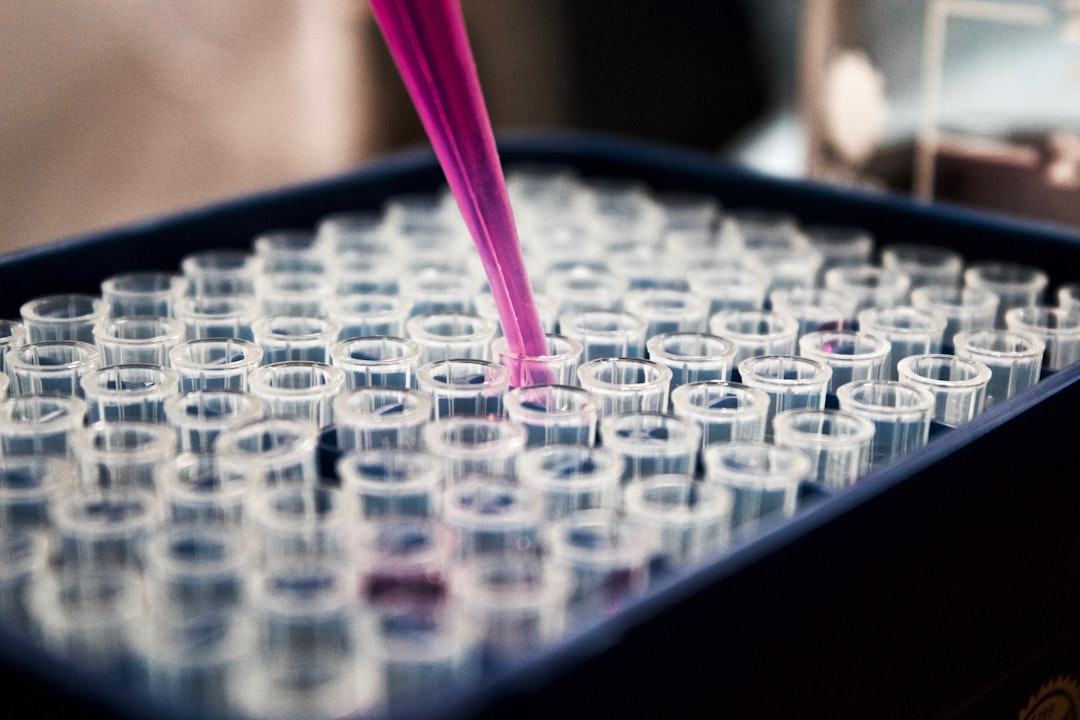What is it about?
This study looked at how an overgrowth of the macroalgae Ulva intestinalis can affect the photosynthetic abilities of the temperate seagrass Zostera marina. The study found that Ulva reduced the amount of light available to the seagrass by 50% and changed the spectral quality of the remaining light towards the green part of the spectrum. However, the green light that was transmitted through Ulva was as efficient in driving photosynthesis as the normal light. On the other hand, the algae-generated pH shifts significantly reduced the electron transport rates of the seagrass, decreasing its photosynthetic capacity by up to 75%. This study emphasizes the importance of understanding how different species interactions, such as those between macroalgae and seagrasses, can affect the productivity of marine ecosystems.
Featured Image

Photo by The Tampa Bay Estuary Program on Unsplash
Why is it important?
This study sheds light on the complex interactions between macroalgae and seagrass in coastal ecosystems. The research shows that the macroalgae Ulva intestinalis can reduce the amount and change the spectral quality of light that reaches the seagrass Zostera marina, but that this did not significantly affect the seagrass's photosynthetic performance. However, the study also found that the pH changes caused by the macroalgae's photosynthesis can have a negative impact on the seagrass's photosynthetic capacity, which highlights the importance of understanding species interactions in coastal ecosystems and the potential impacts of environmental changes.
Read the Original
This page is a summary of: When Zostera marina is intermixed with Ulva, its photosynthesis is reduced by increased pH and lower light, but not by changes in light quality, Aquatic Botany, October 2012, Elsevier,
DOI: 10.1016/j.aquabot.2012.04.007.
You can read the full text:
Contributors
The following have contributed to this page










